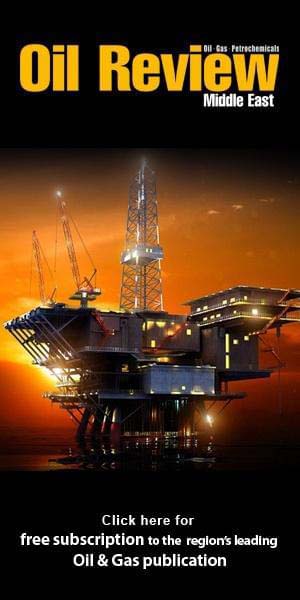The Middle East is undergoing a sweeping transformation in its energy landscape, with solar power and storage technologies taking centre stage, writes Sania Aziz.
Once reliant almost exclusively on hydrocarbons, the MENA region is now positioning itself as a global hub for renewable energy innovation, investment, and large-scale deployment. National strategies, government tenders, and corporate adoption are aligning to create a diverse, multi-track approach to clean power, with solar at the heart of every plan.
At the regional level, the shift is being propelled by several core trends: rapid expansion of utility-scale solar plants often integrated with storage, the introduction of localisation requirements to build domestic supply chains, and a growing reliance on corporate power purchase agreements (PPAs). Green hydrogen ambitions are also reshaping energy agendas, with solar-powered electrolysis expected to anchor future exports. Alongside these efforts, cross-border interconnections are emerging as vital tools for enhancing grid flexibility and enabling energy trade across the Gulf and Levant.
UAE: setting global benchmarks
Among Middle Eastern markets, the UAE has established itself as a clear front-runner. With installed solar capacity of nearly 7 GW in 2024 and a target of 48.9 GW by 2030, the country is scaling up at a remarkable pace. Flagship projects such as the Mohammed bin Rashid Al Maktoum Solar Park in Dubai and Noor Abu Dhabi exemplify this leadership, combining cost reduction with cutting-edge technology deployment. At the same time, smaller emirates like Sharjah and Ras Al Khaimah are expanding distributed solar, while Abu Dhabi pursues integrated hydrogen development.
Policy support has been critical. The UAE’s Clean Energy Strategy and Net Zero 2050 Initiative place solar at the centre of its diversification goals. Rooftop installations, corporate PPAs, and energy service company models are becoming common, while storage pilots are paving the way for dispatchable renewable systems.
Oman: building a hydrogen hub
Oman is carving out its place as a green hydrogen leader, leveraging its solar resources to develop integrated export platforms. Projects like HYPORT Duqm and SalalaH2 highlight the Sultanate’s ambition to become a global supplier of solar-backed hydrogen and ammonia. With a goal of meeting 30% of domestic electricity demand from renewables by 2030, Oman is coupling power sector reforms with investor-friendly independent power project tenders.
Saudi Arabia: scaling ambition
Saudi Arabia’s Vision 2030 encapsulates the region’s boldest renewable energy programme, targeting 58.7 GW of renewable capacity by the end of the decade, with 40 GW from solar alone. The Sudair, Al Shuaiba, and Sakaka projects are early milestones, but the scale of ambition extends much further. By embedding localisation mandates into procurement rules, the Kingdom is stimulating domestic manufacturing while advancing giga-scale clean energy projects such as NEOM and Red Sea Global, which combine solar with hydrogen and storage at unprecedented scale.
Emerging markets: Iraq, Jordan, and beyond
Other Middle Eastern countries are also advancing their solar agendas, albeit at different speeds. Iraq, battling a fragile grid and frequent blackouts, has turned to solar as a rapid-deployment solution, targeting 10 GW by 2030. International partnerships with Masdar, TotalEnergies, and Chinese developers are central to this build-out. Jordan, an early adopter of solar, has already surpassed 2 GW of capacity and continues to refine net metering and wheeling frameworks, while piloting battery storage to strengthen its grid.
Bahrain, Qatar, and Kuwait are taking more measured steps. Bahrain, constrained by land availability, is focusing on rooftop solar and carports. Qatar, having commissioned the 800 MW Al Kharsaah plant, is beginning to integrate solar into desalination and industrial facilities. Kuwait is leaning on its Shagaya Renewable Energy Park while updating frameworks to attract private investment.
Challenges and opportunities
The region’s solar surge is not without hurdles. Grid integration, financing models, and long-duration storage remain pressing challenges. Political instability in the wider region has slowed progress, although decentralised solar systems are offering lifelines in underserved communities. Nevertheless, the scale of opportunity is immense. International investors are increasingly attracted to the region’s vast solar potential, low costs, and ambitious government roadmaps.
Taken together, these developments underline a regional energy transition that is no longer aspirational but firmly underway. The GCC, once defined solely by its fossil fuel wealth, is now carving a parallel identity as a renewable energy powerhouse. By 2030, the collective capacity additions, hydrogen ventures, and interconnection projects underway could establish the region as one of the world’s most dynamic solar and storage markets.




